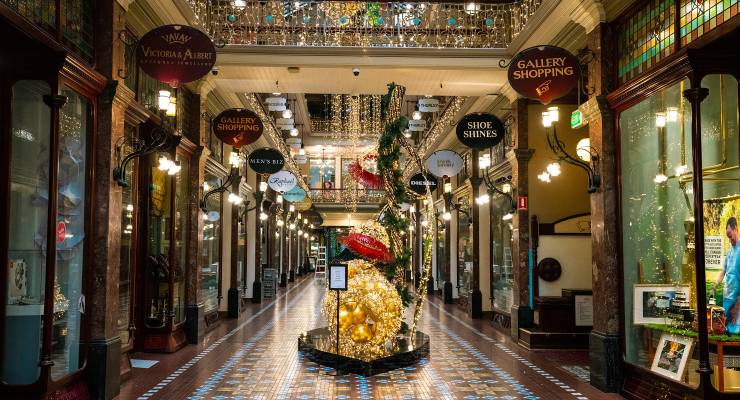
Was the retail data released yesterday really bad enough to justify comparisons to the financial crisis?
The fall of 0.8% (concentrated in department stores, where sales dropped 5%) in sales in June was merely a reversal of the 0.8% jump in May, when many retailers tried one-off specials and other promotions to boost sales. That ended up simply bringing spending forwards by a month.
That made for annual growth of just 2.3% in the year to June. But the volume data told the real story — consumers have been pulling back since the September quarter of 2022, when volumes peaked at 0.2%. Volumes fell 0.5% in the June quarter 2023, after a 0.8% drop in the March quarter and a 0.4% in the December quarter 2022.
Three consecutive quarterly falls in volumes, as the ABS pointed out, hasn’t been seen since 2008: ”Retail sales volumes are down 1.4% compared to the June quarter last year. Outside of the pandemic period, this is the first time since 1991 that sales volumes have fallen compared to the previous year.”
While department stores bore the brunt of the fall, clothing, footwear and personal accessories — another discretionary spend — also fell more than 2%, while the household goods category was essentially flat (-0.1%). Food also barely shifted (0.1%) but cafes, takeaway and restaurants were down 0.3%.
In his post-meeting statement on Tuesday, Reserve Bank governor Philip Lowe said: “Many households are experiencing a painful squeeze on their finances, while some are benefiting from rising housing prices, substantial savings buffers and higher interest income.”
Those wealthy enough and asset-laden enough to “benefit” from the current environment are decidedly in the minority, if the overall retail data is to be believed. Households have been belted by rate rise after rate rise and the need to cut spending in the face of higher prices across the board, many of which were driven by profiteering.
And all this will continue to filter through to employment. According to ABS jobs data, retail employment fell by 46,000 jobs in the three months to May and had barely grown since May 2022. Based on this week’s figures, retail employment will have continued to soften since then.
Fortunately we have a strong labour market that can absorb such losses at the moment. But with two of our biggest employers, construction and retail, on the slide, the labour market will start to struggle, especially with the current influx of temporary workers and students.









Who can afford to buy anything? I watch my spending like a hawke. Not enough money to even manage the basics let alone a car breakdown or whatever. Not surprised retail sales are down. Its a natural consequence of decades of neo liberalism, global supply chains and trashing home grown manufacturing. Wont be sorted in time for the full brunt of climate change. Our youngsters will have to manage all this and more all at once. Its not going to be pretty.
You could save on your Crikey subscription.
“ The labour market will start to struggle“ and the RBA will pop the champagne corks and celebrate. Driving up unemployment is their aim, the mongrels. Their business mates will slap them on the back for it, too. Nobody asks for higher wages when unemployment goes up.
Win/win for the wealthy and business.
With how high the cost of essentials has gotten i.e rent and groceries, etc., who has any money leftover for non-essential spending?
Hopefully the Strand Arcade will reopen Stranded nightclub in the basement. Is it still just another JB HI FI down there..? Stranded assets, stranded planet.. may as well dance ‘til we’re dead.
Maybe everyone bought what they needed during Covid as a home based form of recreation; most of the ‘immigration’ is temporary churn over of students who are not big retail spenders ex. supermarkets.
Further, permanent population base is in the middle of the baby boomer bubble transition to retirement with different spending patterns i.e. less retail, but more other services including travel, hospitality, health etc.?